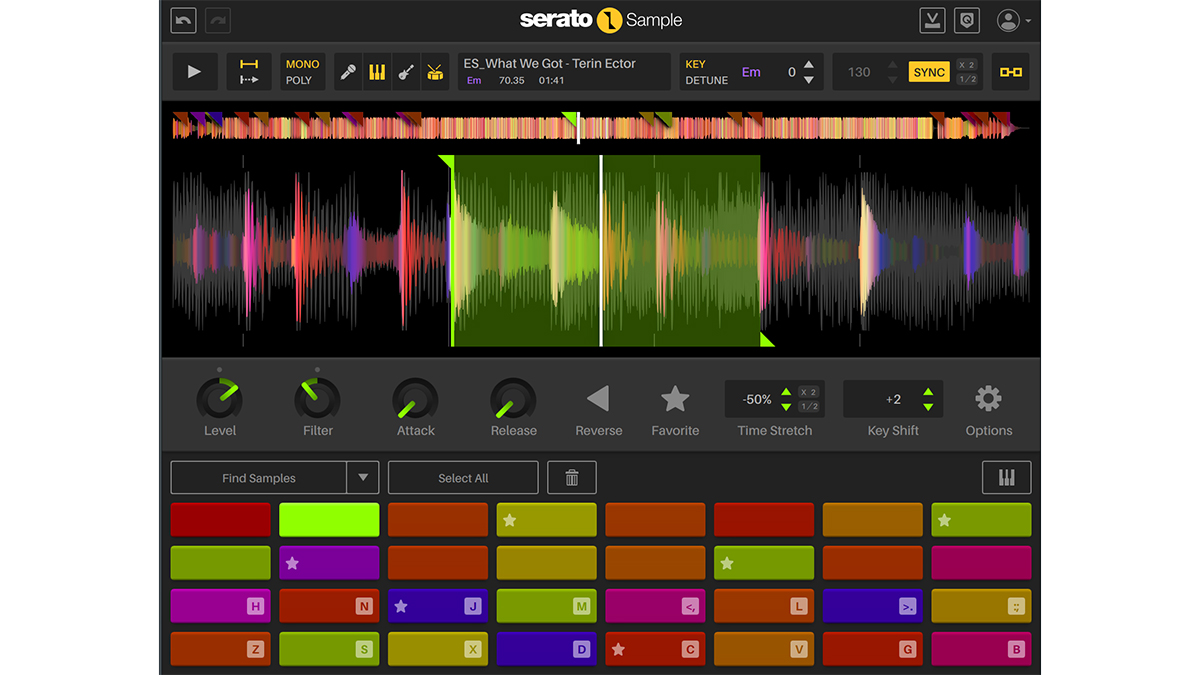Serato brings stem separation to its Sample 2.0 plugin: an instant remixing tool for your DAW?
Extract the vocals, melodies, bass and drums from songs and trigger chopped-up sounds from pads
Serato has added some extra sauce to its Sample plugin; namely, the stem-splitting technology that has also found its way into the company’s Studio DAW and DJ products.
Released in 2017, Sample was always designed to be fast and fun. Drag in an audio file and Serato’s acclaimed Pitch ‘n Time technology will detect the tempo and key, enabling you to match these to your current project. Slices of the sample can then be assigned to pads and triggered in old-school fashion.
Sample 2.0 is cut from similar creative cloth, but adds the ability to extract vocals, melodies, bass and drums from the audio, giving you instant access to them in your DAW. This has the potential to make it a valuable remixing tool.
"Innovation is at the centre of the Serato universe - not only in how we work, but how our community creates.” said Serato Chief Strategy Officer, Nick Maclaren. “Sample 2.0 brings stem separation to everyone's fingertips, blowing the lid off what's possible in the sampling space. We're excited to launch this update, but mostly to see what producers will create with it.”
Sample 2.0 is available now for a one-off price of $149, or you can get it on subscription for $10 a month. It runs on PC and Mac in VST/AU formats, and there’s also a free trial version that you can download from the Serato website.
It was announced last month that Serato had been acquired by Pioneer DJ owner AlphaTheta, bringing two of the biggest names in the DJing market under the same roof.

Get the MusicRadar Newsletter
Want all the hottest music and gear news, reviews, deals, features and more, direct to your inbox? Sign up here.



I’m the Deputy Editor of MusicRadar, having worked on the site since its launch in 2007. I previously spent eight years working on our sister magazine, Computer Music. I’ve been playing the piano, gigging in bands and failing to finish tracks at home for more than 30 years, 24 of which I’ve also spent writing about music and the ever-changing technology used to make it.
“The included sample content is not only unique but sonically amazing, as it always was”: Spitfire Audio BBC Radiophonic Workshop review
“We were able to fire up a bass sound that was indistinguishable from the flavour of New Order’s Blue Monday in seconds”: EastWest Sounds Iconic review









